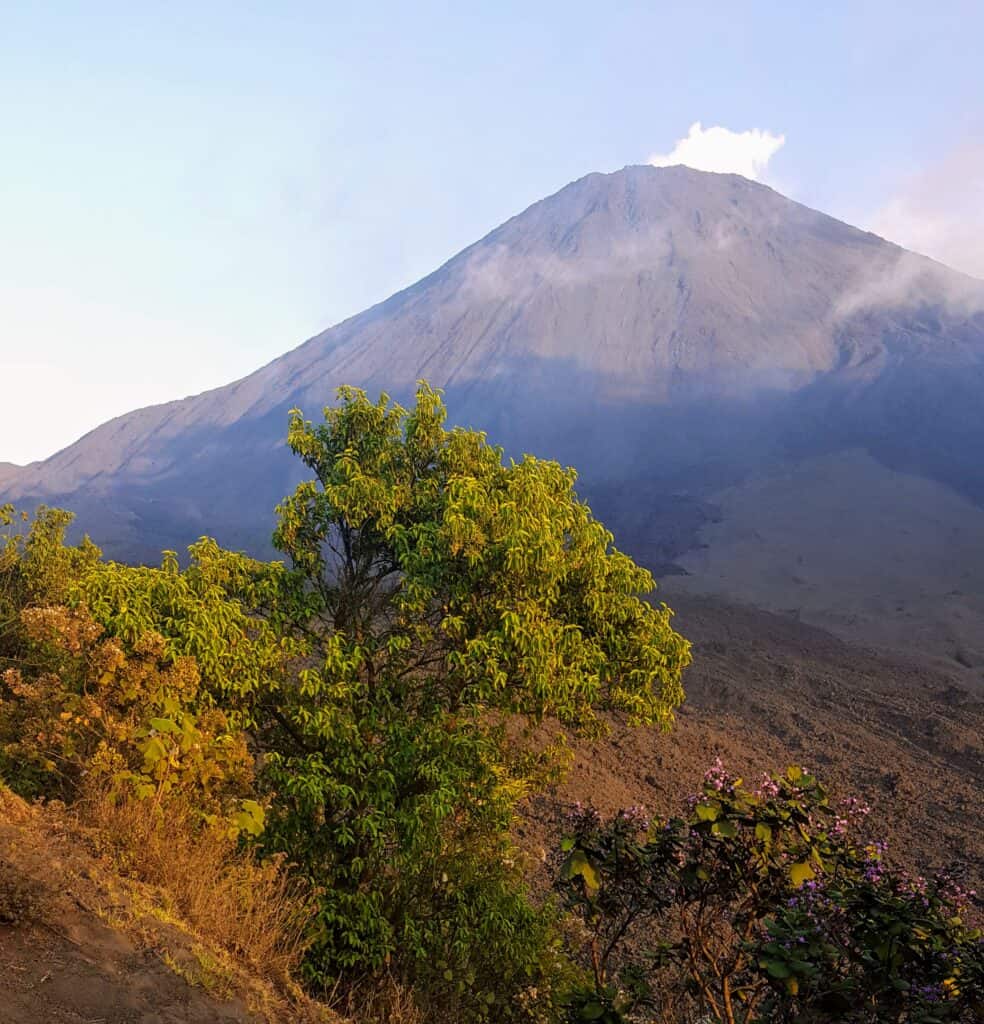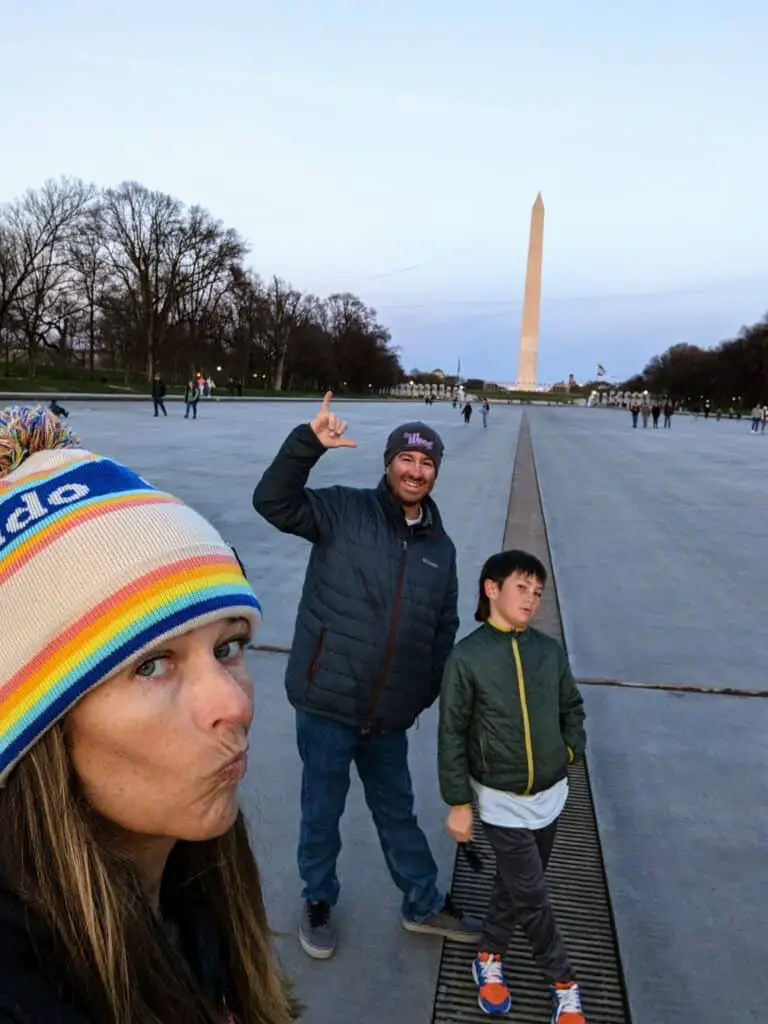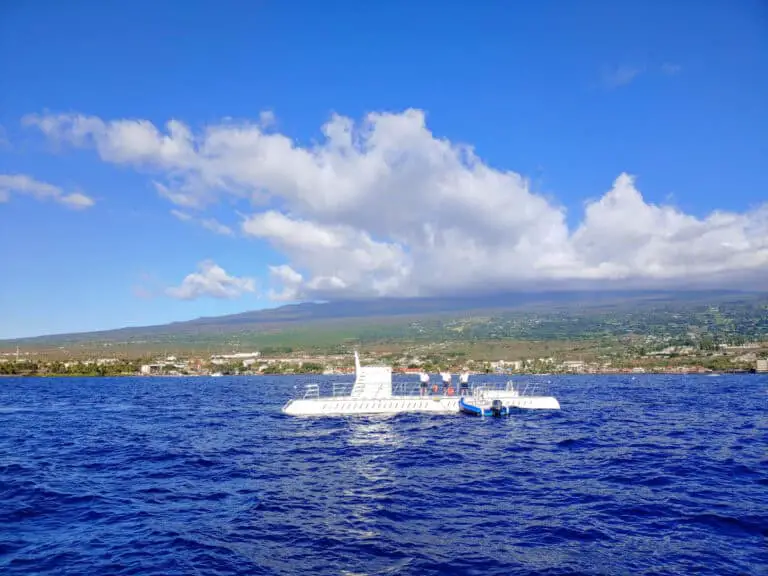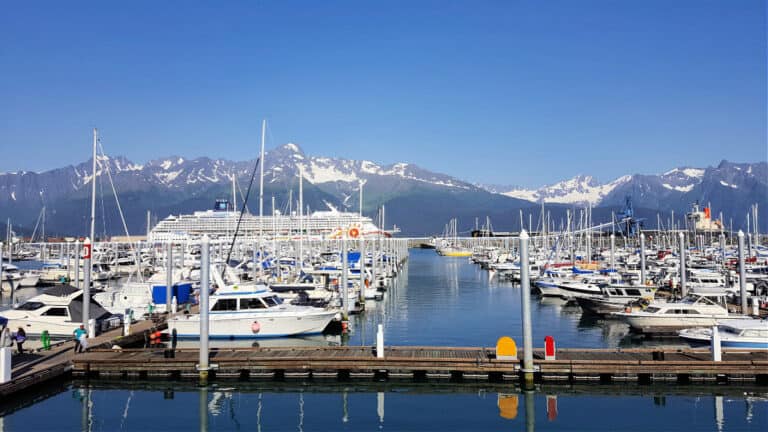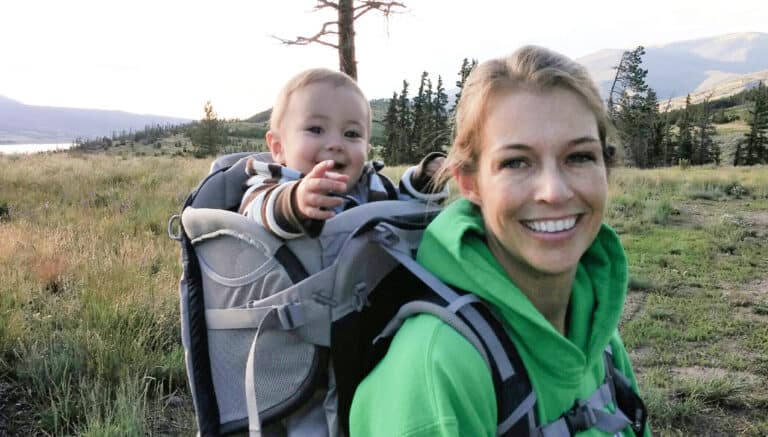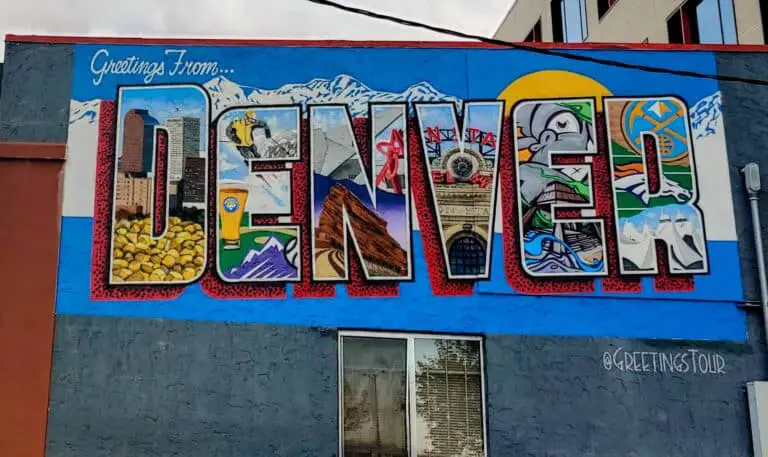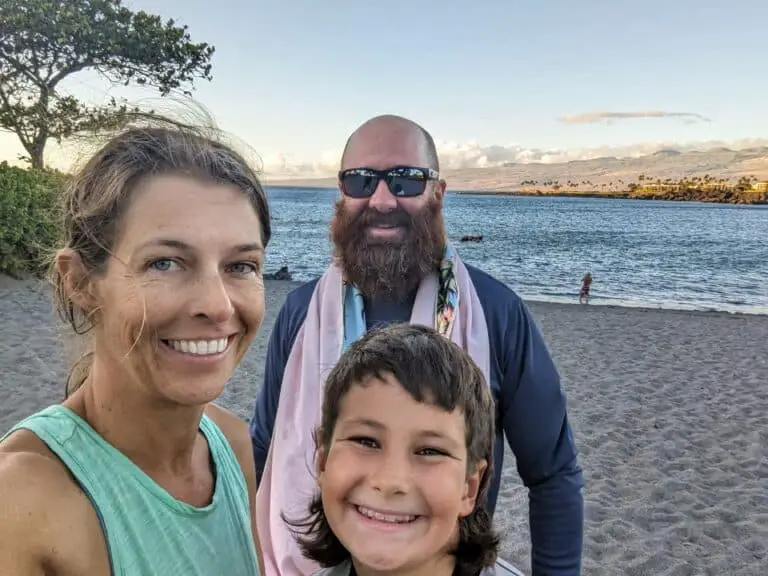Tikal is an ancient Maya city deep in the rainforest of northern Guatemala. It was a thriving kingdom from 200 to 900 AD and then abandoned completely, most likely due to overpopulation and deforestation.
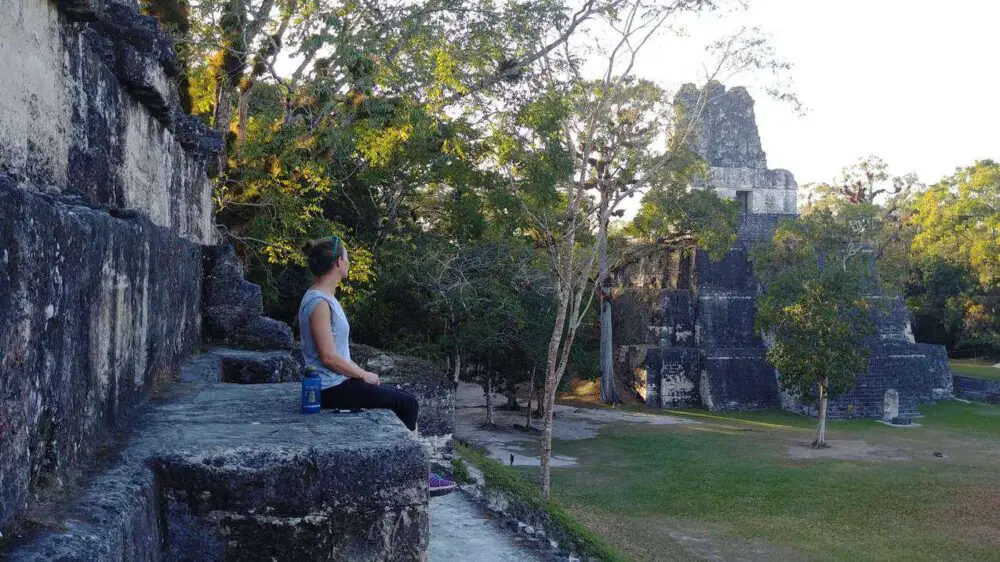
When Tikal was discovered by European explorers in the mid-1880’s it was completely overgrown, and archeologists have since worked to uncover and restore some of the many ruins. Tikal was designated a UNESCO World Heritage Site in 1979.
Tips to Make the Most of Your Visit to Tikal National Park, Guatemala
Visiting Tikal National Park is a must-do if you are traveling to Guatemala. Follow these tips for an amazing visit.
1. Learn More About Tikal National Park Before You Go
I’ve found that you get so much more out of your travels if you learn about where you are going before you get there. This is especially true if you are traveling with kids.
These National Geographic programs are wonderful to watch before you visit Tikal. They provide a great deal of information about the ancient Maya people and the modern-day technology archeologists are using to uncover more of the ancient ruins.
National Geographic Lost World of the Maya
National Geographic Lost Treasures of the Maya
2. Stay in The Park
There’s no substitute for being right in the jungle within walking distance to the entrance to Tikal National Park. Waking up in the middle of the night to the eerie shrieks of howler monkeys all around your room is such a unique experience.
Disclosure- Some of the links in this post are affiliate links, meaning, at no additional cost to you, I will earn a small commission if you click through and make a purchase.
We stayed in the Jungle Lodge, the closest lodging to the park entrance. It was perfect! We booked last minute and got a private room with a bathroom and two queen beds for a great deal. I noticed it helps to be flexible when booking a room in Tikal. The prices vary from day

The Jungle Lodge rooms were beautifully updated and maintained. We felt like we were staying in a four-star hotel in the jungle.

If you are traveling on more of a budget, the Jungle Lodge has beautiful hostel rooms. They are designed exactly the same as the regular rooms but have a shared bathroom and are half the price. The hostel was originally the housing for the archeologists from the University of Pennsylvania working in Tikal in the 60’s but have since been completely remodeled.
There are scheduled hours during the day when the electricity is on and it’s off for most of the night. The ceiling fans have batteries and continue to run after the power goes out.
The wi-fi works great, but you only have access in the lobby, restaurant, and pool areas.
The grounds are well maintained and there’s a cobblestone road that leads right to the entrance of Tikal National Park. The lobby and restaurant are in a beautiful open-air building. There’s a game room adjacent to the lobby with a large screen tv and a pool table.

The Pool at the Jungle Lodge is AMAZING
We arrived around 2:00 in the afternoon and it was a warm day so we headed straight to the pool. The pool is perfect for kids. It has a wide ledge that’s only 18 inches deep most of the way around the pool. It’s also perfect for adults with a bar, lounge chairs, tables, and foodservice.

Gigantic trees surround the pool area. Not long after we started swimming the howler monkeys began to roar all around us. It was surreal to be swimming in a nice pool in the jungle, near the ancient city of Tikal, listening to howler monkeys in the trees.
3. Bring Cash
There are no ATM’s in Tikal so make sure to bring enough cash. You can pay for your hotel and meals at the hotel restaurants with a credit card but that’s about it.
You’ll need cash for the entrance fee to the park and museums, tips for your guide, and food or drinks in the park or at small stands near the entrance.
The Jungle Lodge reluctantly changed some USD to GTQ for us but didn’t want to change much. Bringing Q
4. Don’t Miss the Museums Near the Entrance to Tikal National Park
There are two museums near the park entrance. There were no other people in either museum so I think the museums are something a lot of visitors miss.
One museum contains pictures of Tikal in different stages of excavation and restoration. It’s so interesting to see how much work has been done to excavate Tikal. There is still so much left to be uncovered.
The second museum contains artifacts that have been recovered from the ruins. Jewelry, statues, beautifully painted bowls, cups, and vases. It’s amazing how well preserved some of the artifacts are.
5. Stay for at Least Two Nights
It’s impossible to see everything in Tikal if you don’t have at least one full day. You’ll also want time to see the two museums.
On the day we arrived we didn’t have a ticket into the park, but enjoyed walking all around the park entrance. The jungle itself has so much to see. We saw wild turkeys, coatimundis, leaf-cutter ants, howler and spider monkeys, and the beautiful Ceiba tree.

6. For the Best Weather, Visit Tikal National Park from December Through Mid-March
You are always rolling the dice when it comes to the weather when you travel. Nothing is guaranteed. But you can make the odds for good weather more in your favor by traveling to Tikal from January through mid-March.
The Dry season in Tikal is from November through April. We visited Tikal in February and it was surprising how dry it was in the jungle. It was also crazy that we didn’t see a single mosquito the entire time we were there.
April and May are the hottest months in Tikal. A few years ago we were in Belize and had plans to go to Tikal for a few nights. There was a heatwave, and the daytime highs were over 100. It only cooled down to the mid
May through October is the rainy season. It doesn’t usually rain all day but when it rains, it pours. Tikal wouldn’t be as enjoyable with the mosquitos and mud.
7. Hire a Guide
Even if you learn as much as you can about Tikal before you go, you will still benefit from having a guide in the park. We hired a guide through Gem Trips. The company was great to work with and our guide was quite knowledgeable.
Read all about our Tikal guided tour – Tikal Sunrise Tour or Sunset Tour?
Not only was our guide knowledgeable about Tikal and the Maya people, but he also knew all about the wildlife, birds, and jungle plants.
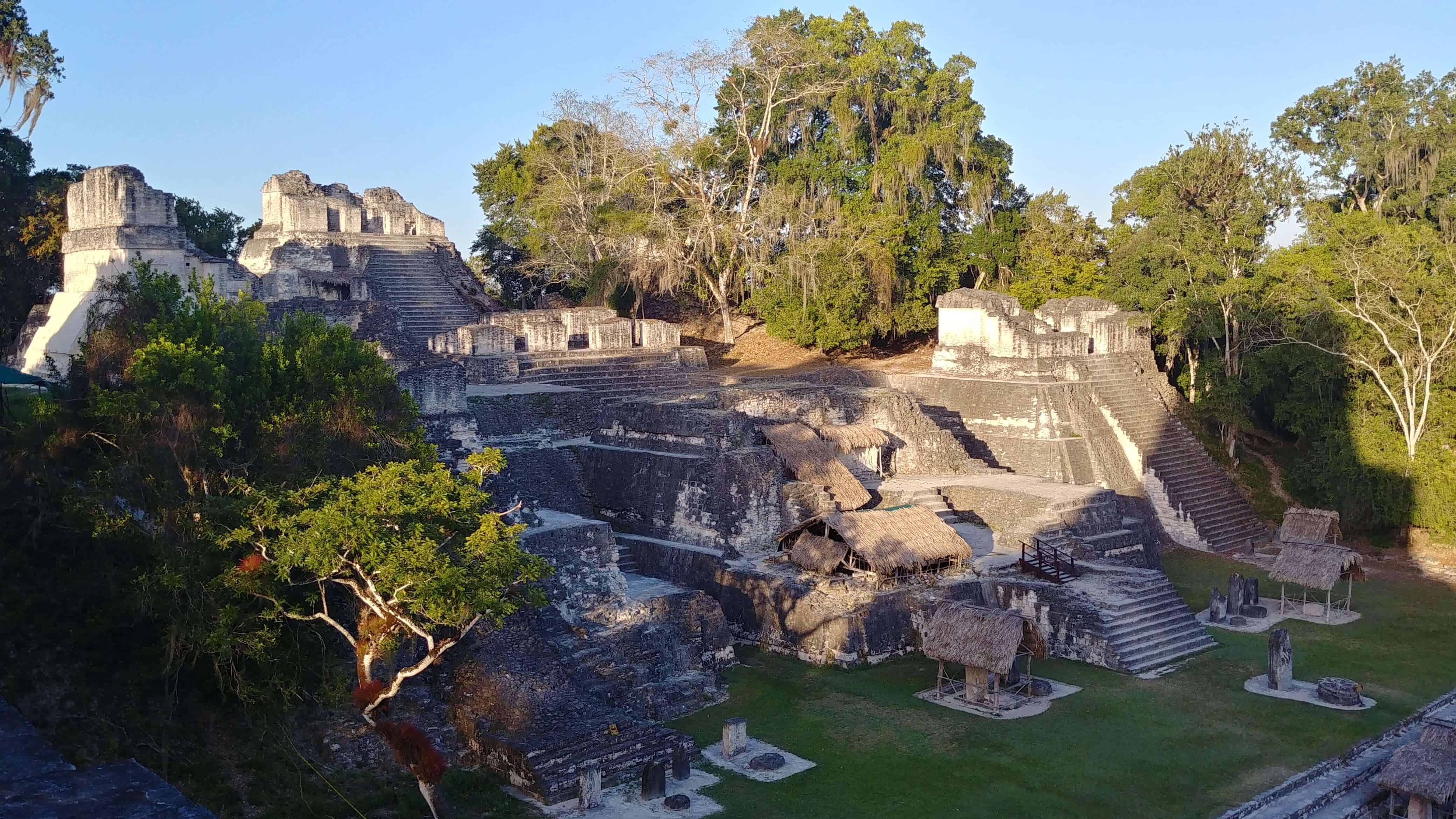
There are so many interesting pieces of information we would have never learned without a guide. Our guide showed us a palm with huge thorns and told us about how the Maya would take poison from a frog and use a thorn as a dart to kill their enemies. That bit of information was the first thing Eli shared with his friends when he got home from Guatemala.
Love it? Pin it-
You Might Also Like –


